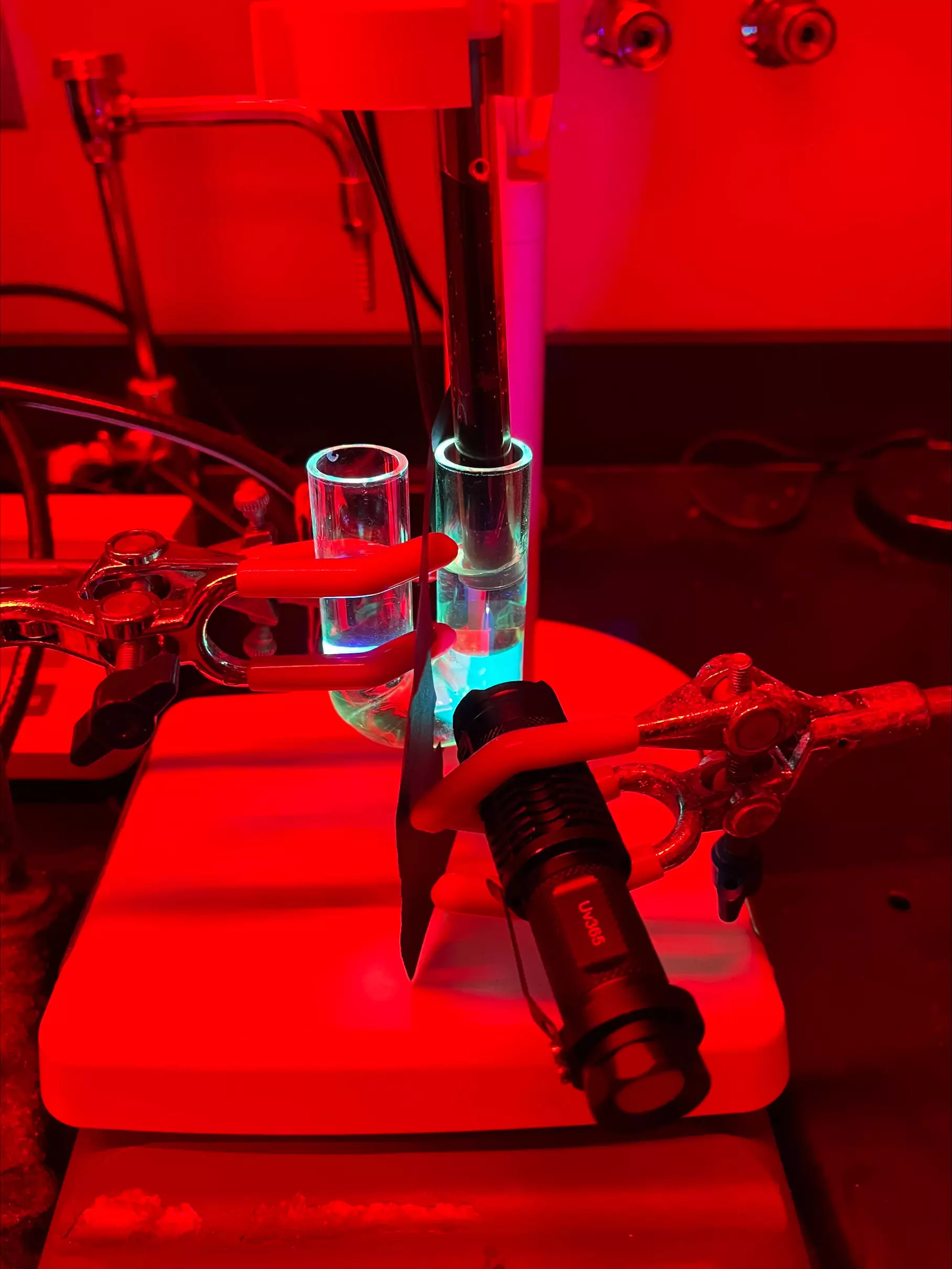The imperative for effective water purification methods has never been more pressing, given the ever-increasing pollution levels globally. Recent advancements from Dartmouth researchers showcase a pioneering self-powered pump that utilizes natural light and innovative chemistry to selectively target and eliminate specific water pollutants. Their findings appear in the esteemed journal Science, laying down a foundation for more efficient and sustainable solutions to combat water contamination.
At the core of this revolutionary pump is a dual-wavelength light mechanism that interacts with a synthetic molecular receptor tailored to bind to certain negatively charged ions, known as anions. These anions are notorious for being linked to various ecological disruptions, affecting both plant and animal life. As water enters the pump, the activated receptor captures harmful pollutants while a second light wavelength ensures these molecules are released in a controlled manner as the treated water exits the system.
This intricate process marks a significant achievement, illustrating the feasibility of converting light energy into chemical potential for targeted contaminant removal. Senior author Ivan Aprahamian, a chemistry professor at Dartmouth, highlights this technology’s potential, stating, “This is a proof of concept that you can use a synthetic receptor to convert light energy into chemical potential for removing a contaminant from a waste source.”
Currently, the pump is calibrated to tackle chloride and bromide pollutants. However, the researchers are looking to broaden the scope to address other environmentally hazardous anions, including those found in radioactive waste and agricultural runoff, which significantly contribute to issues like eutrophication and the creation of dead zones in aquatic ecosystems.
Aprahamian suggests the possibility of utilizing multiple receptors simultaneously, each activated by unique light wavelengths. This would allow for the selective collection of various anions, thereby enhancing the efficiency and versatility of the purification process. Such adaptability could revolutionize pollution management strategies, particularly in regions plagued by diverse contaminants.
The practical implications of this technology are vast. The researchers successfully demonstrated the effective transport of chloride ions across a specially designed membrane, moving 8% of chloride ions against their concentration gradient over a 12-hour period. This was particularly meaningful in terms of its real-world connection, highlighting how elevated chloride levels, often traced back to road salt usage during winter storms, can disrupt ecosystems and pose health risks to numerous species.
Moreover, understanding the role of chloride transport in human health, especially in conditions like cystic fibrosis, provides another layer of importance to this research. The ability to control chloride levels could lead to breakthroughs in medical treatments as well.
The innovation behind the synthetic receptor can be largely attributed to Ph.D. student Baihao Shao, whose vision during the COVID pandemic led to enhancements in existing hydrazone compounds. Initially met with skepticism from Aprahamian, it is a testament to scientific perseverance that Shao’s determination and ingenuity culminated in this pioneering receptor design.
The receptor’s structure is a product of “click chemistry,” a process that allows for quick and effective chemical bonding. This technique, which has earned accolades such as the Nobel Prize, underscores the study’s connection to both contemporary and historical advancements in chemistry.
The endeavor to replicate molecular machines mirrors nature’s own methodologies—where ATP powers a multitude of biological processes within cells. Researchers aim to leverage similar mechanisms, utilizing sunlight as a renewable energy source to create self-sustaining and autonomous solutions for environmental cleanup, drug delivery, and efficient disease treatment.
Over the years, scientists have endeavored to mimic these biological principles to address some of the most pressing problems facing humanity today. However, artificially creating effective molecular machines is a challenging task, often existing more on paper than in practice. Nonetheless, Aprahamian and his team envision a future where such technology could thrive, optimizing environmental filtration processes through innovation and creativity.
The breakthrough achieved by the Dartmouth researchers signifies more than just a novel technological advancement; it represents a crucial step towards sustainable environmental solutions. By fusing the principles of chemistry with the renewable power of light, this self-powered pump offers a glimpse into the future of clean water technology. As research continues to evolve, the hope remains that such innovations will pave the way for cleaner ecosystems, enhanced public health, and a commitment to preserving our planet for generations to come.


Leave a Reply